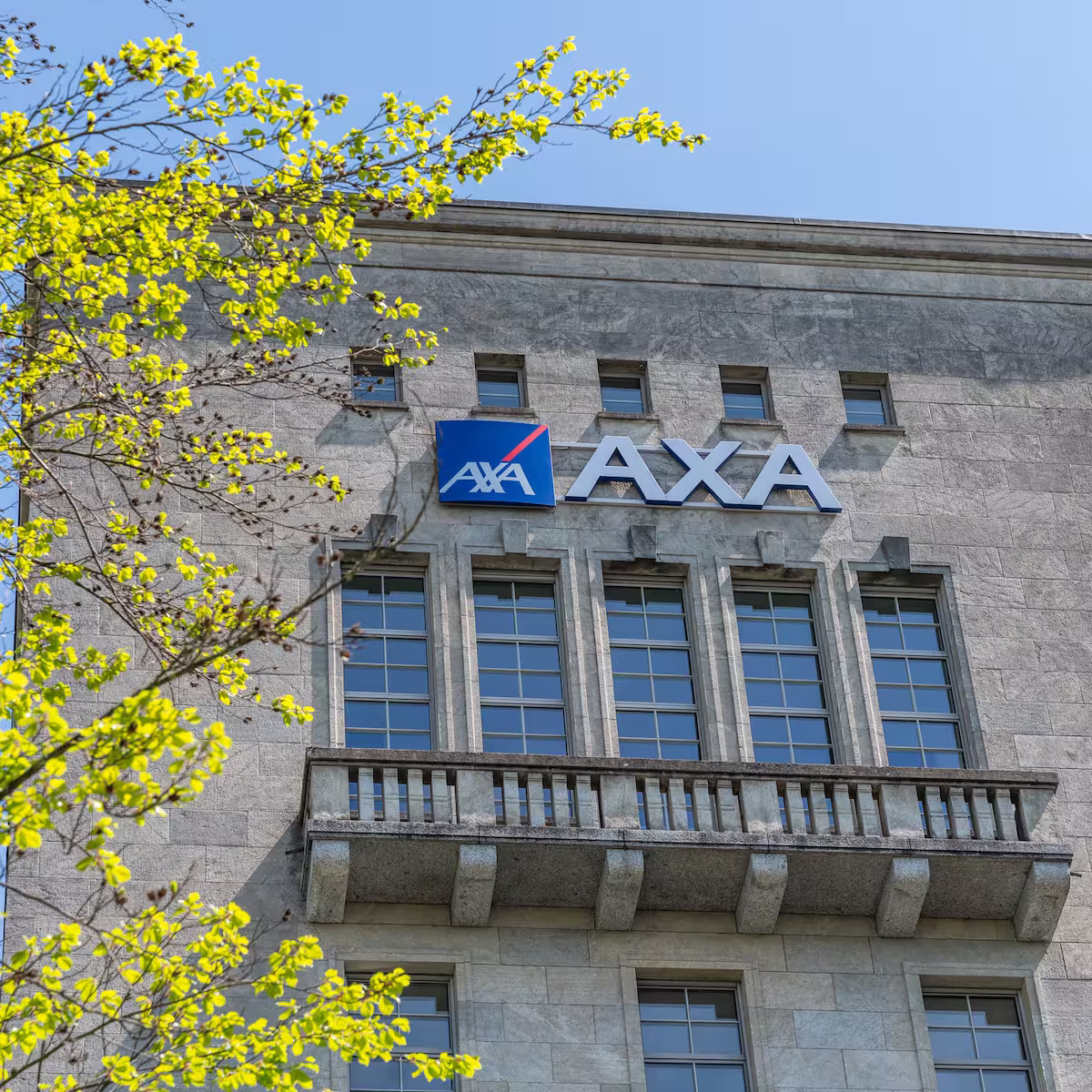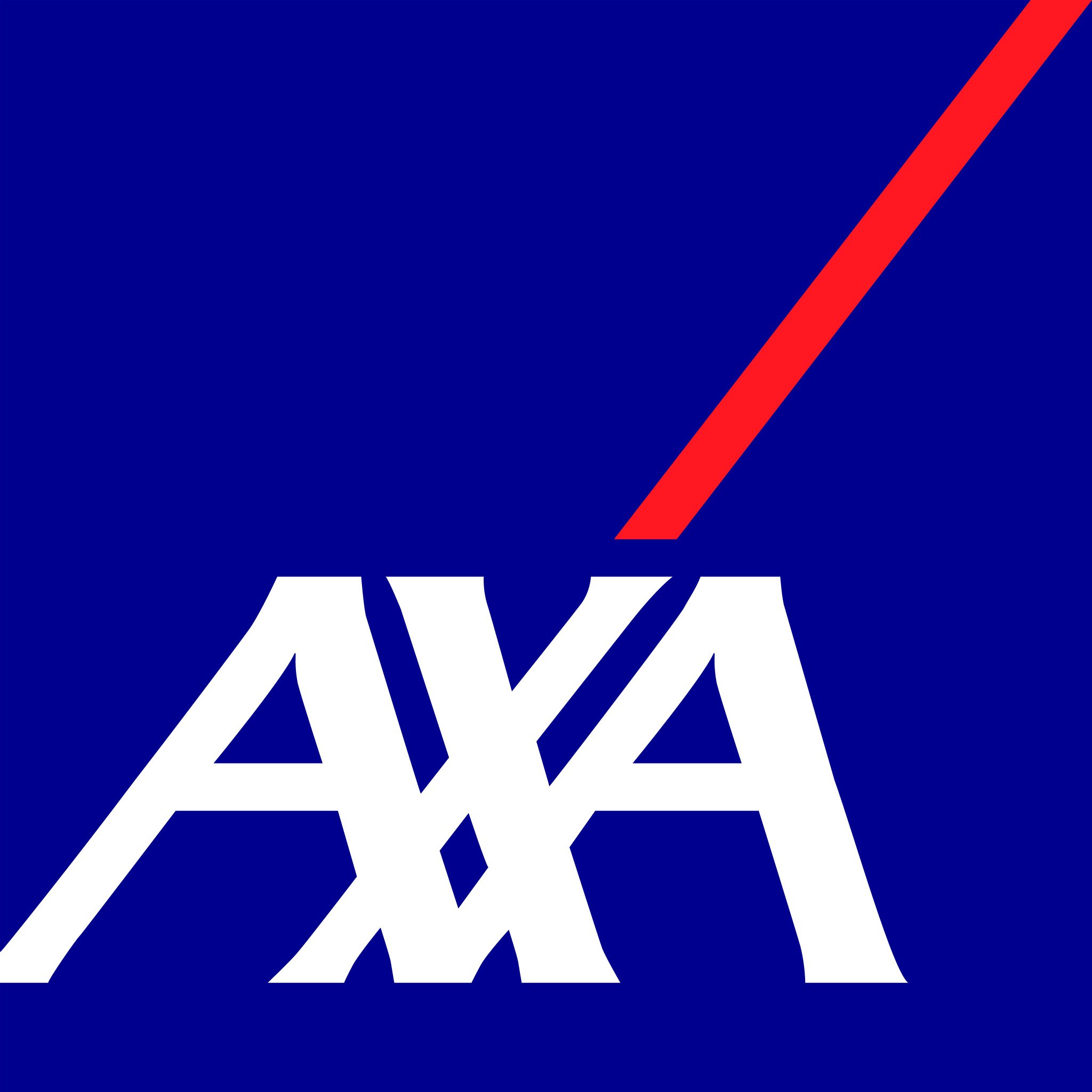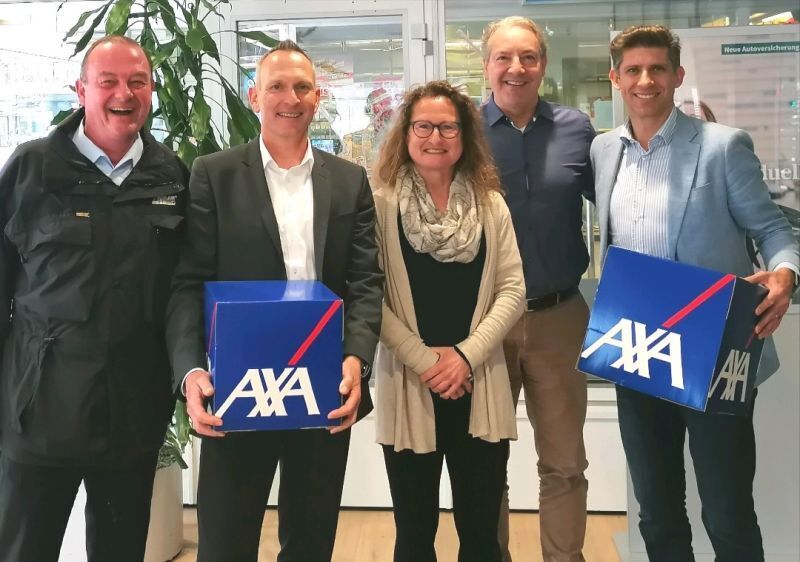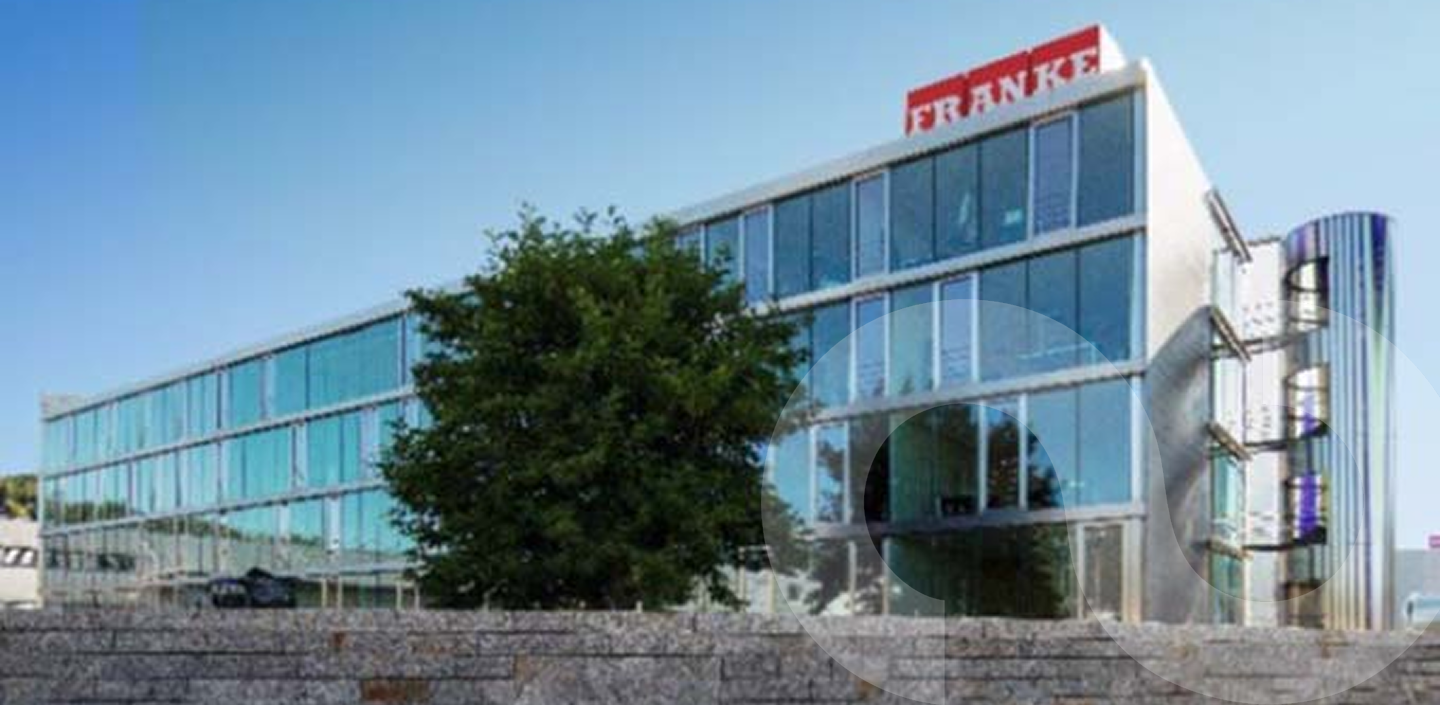How We Made It Happen

The Challenge
AXA Switzerland’s IT landscape had evolved into a complex mix of systems, with its legacy on-premise SAP CRM at the center of core operations. Although this system had supported the Winterthur division for years, it was becoming increasingly difficult to scale, maintain, and integrate with newer digital solutions. The longer it remained in place, the more it risked slowing down the organization’s ability to meet customer expectations and adapt to regulatory and technological change.
The company faced a delicate balance. It needed to modernize without introducing instability or compromising compliance in a highly regulated industry. Every stage of the migration would need to preserve operational continuity, protect sensitive data, and maintain the performance standards expected by both internal users and customer-facing services.
With the stakes so high, every consideration had to go beyond technical delivery. Preventing downtime during the transition, safeguarding data integrity, and ensuring the new infrastructure could support AXA’s long-term digital ambitions were all critical. The challenge wasn’t simply moving systems into the cloud; it was doing so while preserving day-to-day performance and creating the foundation for new capabilities.
AXA sought a partner who could bring a deep understanding of enterprise-grade CRM, expertise in SAP environments, and a track record of executing complex cloud migrations without disrupting live operations.

The Solution
Spadoom led the complete migration of AXA’s SAP CRM from its legacy on-premise setup to a modern Microsoft Azure environment. The project was delivered through a carefully phased approach designed to minimize risk and maintain business continuity at every stage. This ensured the Winterthur division could continue running its operations without disruption while the migration progressed.
The replatforming effort was designed using cloud-native services, built to deliver high availability and meet strict performance standards. To keep infrastructure setup consistent across all environments, the team used Terraform Enterprise, which made the provisioning process both consistent and repeatable. For configuration management, Ansible was added to the workflow. This allowed deployments to be automated, making them faster, more accurate, and less prone to human error.
A critical part of the strategy involved establishing well-defined governance and rollback pipelines. This provided AXA with clear visibility and control throughout the migration, ensuring that system changes could be implemented safely and reversed if necessary, without compromising service uptime or data integrity.
Every decision made during the implementation process supported long-term flexibility. The resulting architecture was designed not only to meet current needs but to position AXA for the next phase of digitalization, enabling faster response to internal requests, smoother integrations with future systems, and a more scalable path forward for its CRM landscape.

The Results
With SAP CRM now running on Microsoft Azure, AXA’s Winterthur division operates on a cleaner, more centralized infrastructure that is both easier to manage and faster to adapt. Routine maintenance tasks that once demanded manual intervention have been streamlined, freeing up technical teams to focus on higher-value initiatives rather than troubleshooting infrastructure issues.
System updates, which previously carried a higher risk of downtime, can now be rolled out with greater predictability and minimal service interruption. This has improved the reliability of both internal workflows and customer-facing processes, reinforcing trust in the platform’s stability. Integration with surrounding systems has also become more straightforward, enabling cleaner data flows and reducing the overhead previously tied to maintaining fragmented on-premise environments.
The migration has improved the pace of change across the division. Deployment cycles are shorter, platform enhancements are easier to plan, and adjustments to meet regulatory requirements can be implemented without the operational strain that accompanied the legacy setup. This agility has allowed AXA to respond more quickly to both business and compliance needs.
Most importantly, the move to cloud infrastructure has given AXA a foundation for controlled, future growth. By decoupling SAP CRM from legacy dependencies, the company can now introduce new services, extend its digital capabilities, and integrate with emerging technologies at a pace that suits its strategic priorities, all without compromising service delivery or regulatory alignment.









